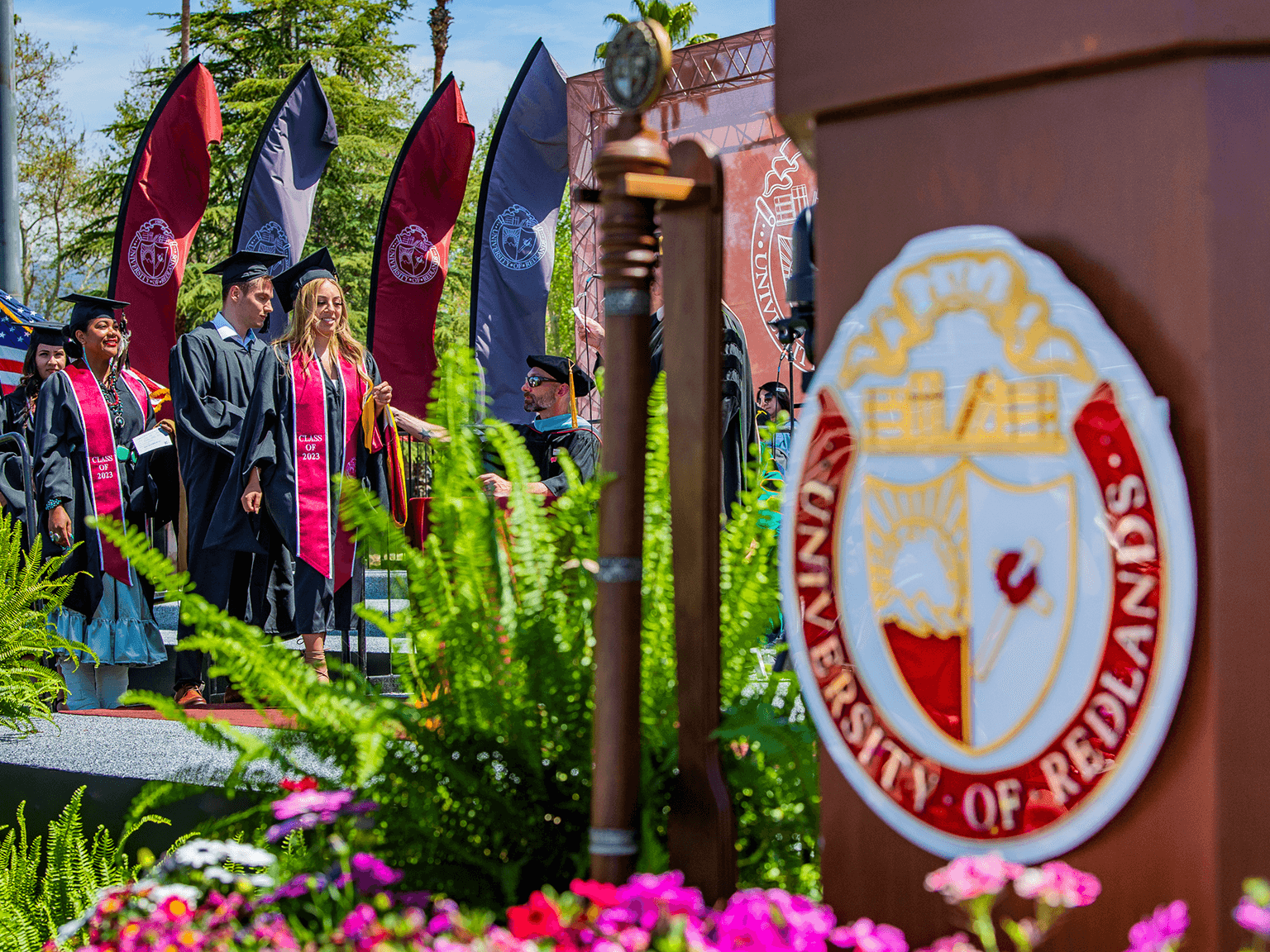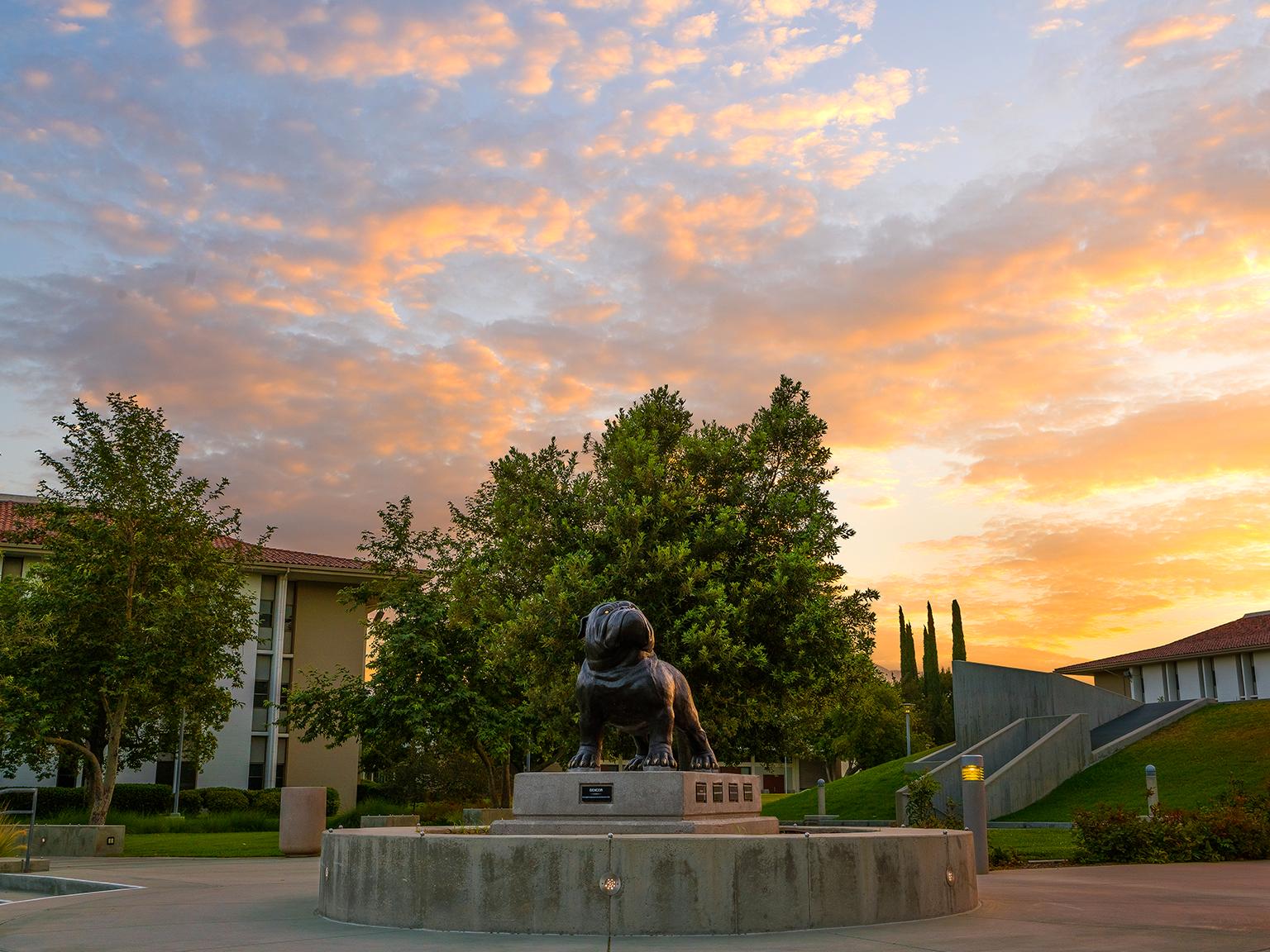
Rebecca Lyons Ph.D.
About Dr. Rebecca Lyons
I am currently investigating the distribution and transport mechanisms of trace organic pollutants across physical boundaries. My main focus in on the endocrine disrupting compound, 4- nonylphenol, which acts as an estrogen mimic in many organisms. 4-nonylphenol enters the environment associated with pesticides in the Central Valley of California, and is born in both dust and aerosol form to the Eastern Sierra.
4-nonylphenol has been detected in humans, especially people living in regions with high pesticide use. We are conducting a GIS-assisted ecotoxicology study to see if a person’s geographical location has a correlation with the amount of 4-nonylphenol in their urine. We are investigating several detection methods for screening the urine for this endocrine disruptor.
Because organic pollutants can be carried by both dust and in aerosol forms, we are developing a sampler that can separate dust and aerosol in situ. This will assist with sampling procedures in the field, allowing us to determine the means of transport more efficiently.
Zoestra marina (eelgrass) is an important part of the intertidal ecosystem. These monocots provide stability to the substrate and an important breeding ground for juvenile species of fish and invertebrates. In the San Juan Island Archipelago of Washington State, the eelgrass population has declined by 70% in the last two decades. This has affected local fishing industry and threatens the intertidal ecosystem stability. The exact cause of its disappearance is unknown. We are conducting a study that could potentially link the disappearance of eelgrass stands to the presence of pesticides in submarine groundwater.
Education
- Ph.D., Environmental Chemistry – SUNY-ESF, April 2010
- M.S., Environmental Chemistry – SUNY-ESF, May 2004
- M.A., Science Education- Chemistry and General Science - SUNY Cortland, 1996
- B.S., Biochemistry - University of Washington, 1992
Professional Background
I am an environmental chemist and teach courses in general, physical and environmental chemistry. My environmental course curricula contain a heavy emphasis on mapping and using GIS as an analytical tool. I direct undergraduate students in research in environmental chemistry and GIS related projects. This includes field work on projects in the Sierra Nevada Mountains, the San Juan Islands of Washington State, and most recently the glaciers of the Wind River Range, Wyoming. I have received significant grants for research and spatial studies from the Keck Foundation and the Spatial Communities of Practice grant through ESRI. My research projects with undergraduates focus on the transport and distribution of endocrine disruptors which also requires proficiency at many analytical techniques. I came to the University of Redlands in 2011 after receiving my doctorate at the State University of New York’s College of Environmental Science and Forestry. I have mentored over 20 undergraduate students in research during my professional career.
Experience
- University of Redlands, Redlands, CA- Assistant Professor, Fall 2011 to present
- Onondaga Community College, Syracuse, NY- Adjunct Faculty, Fall 2010 to Spring 2011
- State University of New York, Plattsburgh, NY- Adjunct Faculty, Fall 2009 to August 2010
- State University of New York, College of Environmental Science and Forestry, Syracuse, NY- Research Assistant, Fall 2007 to Summer 2009
- National Science Foundation Graduate Teaching Fellow, Fall 2003- 20
Publications
Rebecca A. Lyons and Lisa Benevenuti. (2016) Deposition and distribution factors for the endocrine disruptor, 4-nonylphenol, in the Sierra Nevada Mountains, California, USA. Journal of Environmental and Analytical Toxicology, 6:4, DOI: 10.4172/2161-0525.1000388.
Rebecca A. Lyons, Blodwyn McIntrye, Lissah Jensen. (2016) Phosphorus loading rates in lakes with development and stocked fish in the Sierra Nevada Mountains, California, USA. Ecosphere, accepted.
Lyons, Rebecca, Steven Moore, David Smith, and Kyle Van de Bittner. 2016. "Mile-High Chemistry: Spatially Enabled Water Quality Research in California." In STEM and GIS in Higher Education, edited by David Cowen. Redlands, California: Esri Press.
Rebecca Lyons, Kyle Van de Bittner, and Sean Morgan-Jones. (2014) Deposition patterns and transport mechanisms for the endocrine disruptor 4-nonylphenol across the Sierra Nevada Mountains, California, Environmental Pollution 195, 123-132.
Rebecca A. Lyons (née Jarrell), Israel Cabasso, John P. Hassett, and Anna M. Flach (2012) Development of Thin Layer Polymers to Concentrate and Detect Aquatic Contaminants Journal of Applied Polymer Science, DOI: 10.1002/app.37857
Awards, honors, grants
- 2015-2017: Spatial Communities of Practice Grant
- Summer 2014: Co-authored and awarded “Research Experience for Undergraduates” at University of Washington’s Friday Harbor Laboratories, National Science Foundation
- 2013, Cal GIS 2013 Annual Conference, “Best Use of GIS” Award
- 2013, Outstanding Teaching Award, Faculty Research Committee
- 2013, Honorary Alumni, Kappa Pi Zeta, environmental sorority
- 2012, Keck Foundation LENS Fellowship for Spatial Learning
Invited presentations
- Eelgrass Decline: Critical Field Data Using Collector for ArcGIS. ESRI Users’ Conference, July 2016. David Smith, Jessica Kolsky and Rebecca Lyons
- Endocrine Disruptor Transport: Workflow and Analysis. Sixth Annual Los Angeles Geospatial Summit, February 2016. Rebecca Lyons, Austin Koons, and Michael DeNicola.
- Phosphorus loading rates in lakes with shoreline development and stocked fish in the Sierra Nevada Mountains, California, USA. American Geophysical Union National Meeting. December 2015. Lissah Jensen, Rebecca Lyons, and Wendy McIntyre.
- Submarine Groundwater Discharge: A Possible Hidden Pathway Contributing to Eelgrass Decline. American Chemical Society National Meeting, March 2015. Ellen Johnson, University of Redlands; Rebecca Lyons, University of Redlands; Sandy Wyllie-Echeverria, University of Washington; Peter Swarzenski, USGS.
- Solid Phase Microextraction with Polystyrene- Poly(dimethylsiloxane) block copolymers. American Chemical Society National Meeting, March 2015. Andrew Schlaus and Rebecca Lyons.
- Distribution of the endocrine disruptor 4-nonylphenol and the effects of topographical sheltering in an Eastern Sierra Nevada Mountain drainage. American Geophysical Union Annual Meeting, San Francisco, CA. Co-presenters: Kyle Van De Bittner, Sean Morgan-Jones. December 2013.
- From Field to Web-The Advantages of Arc GIS Explorer On Line, ESRI User’s Conference, San Diego, CA. Co-presenter: David Smith. July 2012.
- A Predictive Model for Gasoline Concentrations in Southern California Surface Waters, National American Chemical Society Meeting, Environmental Division, San Diego, CA March 2012
- A Real-time Sensing Buoy Using a Unique Thin Film Polymer Trap and Optical Detection System, Pacifichem Conference, Analytical/Instrumental Division, Honolulu, HI December 2010
Affiliations
- American Chemical Society (2005-present)
- Sigma Xi: The Scientific Research Organization (2006-2011)
- American Geophysical Union (2012-present)
Areas of Expertise
- Environmental Chemistry
- 4-nonylphenol
- GIS
Courses taught
- CHEM 102 Introduction to Chemistry of the Environment
- CHEM 131/131L-132/132L General Chemistry and General Chemistry Laboratory
- CHEM 260/360 May Term: Mile High Chemistry/Environmental Modeling
- CHEM 312 Advanced Environmental Chemistry
- CHEM 331 and 332 Physical Chemistry



